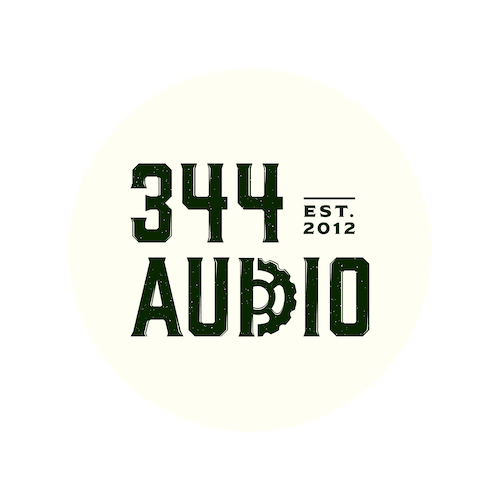


Sound design is a discipline that offers a huge range of creative possibilities for storytelling. However, sometimes we can feel stuck or lacking inspiration and it can be tricky knowing where to go. In this article we will share with you 5 simple sound design tips to try when you are feeling stuck for inspiration.
Pitching is a classic technique for transforming sounds into something new. Not only can this effect be used for raising or lowering the pitch of a sound, but we can also use it to speed up, or slow things down. There are a ton of ways to play with pitch on your sounds and they each have a different tonal quality to them. Spend some time working with pitch to find out what sounds good to your ear and to be familiar with the different styles of pitch effects. Remember, if maintaining sonic fidelity is paramount then make sure the sounds you are working with have a higher sample rate, as this will deliver a smoother sound when pitching things up or down.
Some pitching techniques to consider on your next project are:

Use pitch effects to create interesting sounds from ordinary sources.
Its easy to get caught up in the latest flashy gadget or piece of studio gear, but don't forget that we all posses a complex sound creation tool in the form of our voices.
Your voice is perhaps your most potent weapon as a sound designer. No tool will allow you to produce ideas faster and with more variety, so don't overlook it.
Some examples of how to use your voice for sound design include:

Our voice is the synth we all own. Learn to master yours for creative sound design.
Often one sound alone doesn't quite cut it, so think about layering and combining sounds to achieve the result you want. Layering multiple sounds together allows you to create denser, and more full-sounding effects, as well as offering broad sound-sculpting possibilities. Perhaps you like the low-end of a sound but not the top-end? Use a low-pass filter and then layer the sound with something different that has the top-end you are going for.
Some textbook examples of layering include:

You can use multiple layers of sound to achieve the effect you want.
Some of the best sound design come from organic sound sources such as household objects and musical instruments.The material an object is made from will heavily influence the sound is makes, and different materials will each have their own sonic characteristics. Explore a wide variety of different materials and become familiar with how they behave in a sound design context.
Some of the different materials to think about include Glass, Metal, Wood, Rubber, Stone, Paper and Leather to name a few.

Study the work of sound designers you admire to help improve your own skills.
One of the best ways to improve your sound design and learn some new creative techniques is to study the work of those you admire. This means finding movies and scenes that you think have great sound design, and looking into the methods and practices that were used to create them. If possible try and track down some "making of" content that features the sound department. Many blockbuster films such as The Lord of The Rings and Star Wars have extensive behind-the-scenes videos showing the sound design and sound mixing process in depth.
Some classic movies to study for great sound design are:
That wraps things up for this article, we hope you enjoyed checking out these tips! Please follow our socials via the links below to stay up to date with our projects.

344 Audio is an Audio Post Production Company in Manchester.
If you enjoyed this post, discover our Ultimate Guide to Audio Post-Production.
Curious to hear our work? Listen to our portfolio.
Keen to learn more about Foley? Explore our Creative Foley Workshop.
Eager to learn more about Audio Post and Sound Design? Explore our Audio Post Essentials Course.
We also have Pro Tools templates and sound effects available for purchase.